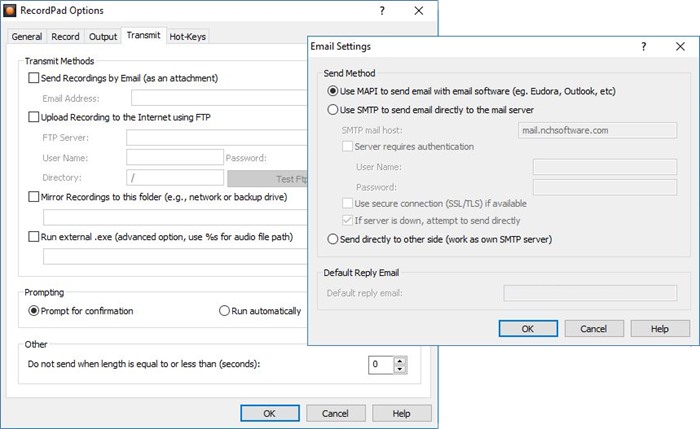
Valid cursor sizes depend on the display hardware (or the underlying window system). If hotY is negative, it is set to the pixmap().height()/2. If hotX is negative, it is set to the pixmap().width()/2. hotX and hotY define the cursor's hot spot. It is usual to give it a mask (set using QPixmap::setMask()). QCursor:: QCursor(const QPixmap & pixmap, int hotX = -1, int hotY = -1) QCursor:: QCursor(const QCursor & c)Ĭonstructs a copy of the cursor c. The effects of calling any other member function on a moved-from instance are undefined. After being moved from, the only valid operations on other are destruction and (move and copy) assignment. Member Function Documentation QCursor:: QCursor( QCursor & other)

It is possible that some cursors will be taken from the Xcursor theme, while others will use an internal bitmap cursor. Note: X11 does not provide appropriate cursors for all possible Qt::CursorShape values. If a cursor cannot be found using the name shown below, a standard X11 cursor will be used instead.

The table below shows the cursor name used for each Qt::CursorShape value.
#RECORDPAD CURSOR FULL#
On X11, Qt supports the Xcursor library, which allows for full color icon themes. Attempting to use a QCursor that was created before QGuiApplication will result in a crash. Note: It is possible to create a QCursor before QGuiApplication, but it is not useful except as a place-holder for a real QCursor created after QGuiApplication. To set or get the position of the mouse cursor use the static methods QCursor::pos() and QCursor::setPos(). If you want to create a cursor with your own bitmap, either use the QCursor constructor which takes a bitmap and a mask or the constructor which takes a pixmap as arguments. To set a cursor shape use QCursor::setShape() or use the QCursor constructor which takes the shape as argument, or you can use one of the predefined cursors defined in the Qt::CursorShape enum.

To associate a cursor with all widgets (normally for a short period of time), use QGuiApplication::setOverrideCursor(). To associate a cursor with a widget, use QWidget::setCursor(). Qt has a number of standard cursor shapes, but you can also make custom cursor shapes based on a QBitmap, a mask and a hotspot. This class is mainly used to create mouse cursors that are associated with particular widgets and to get and set the position of the mouse cursor.


 0 kommentar(er)
0 kommentar(er)
